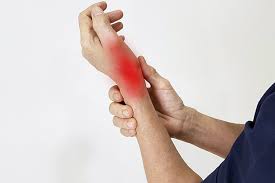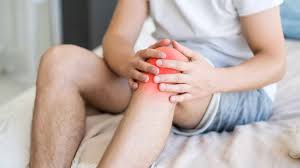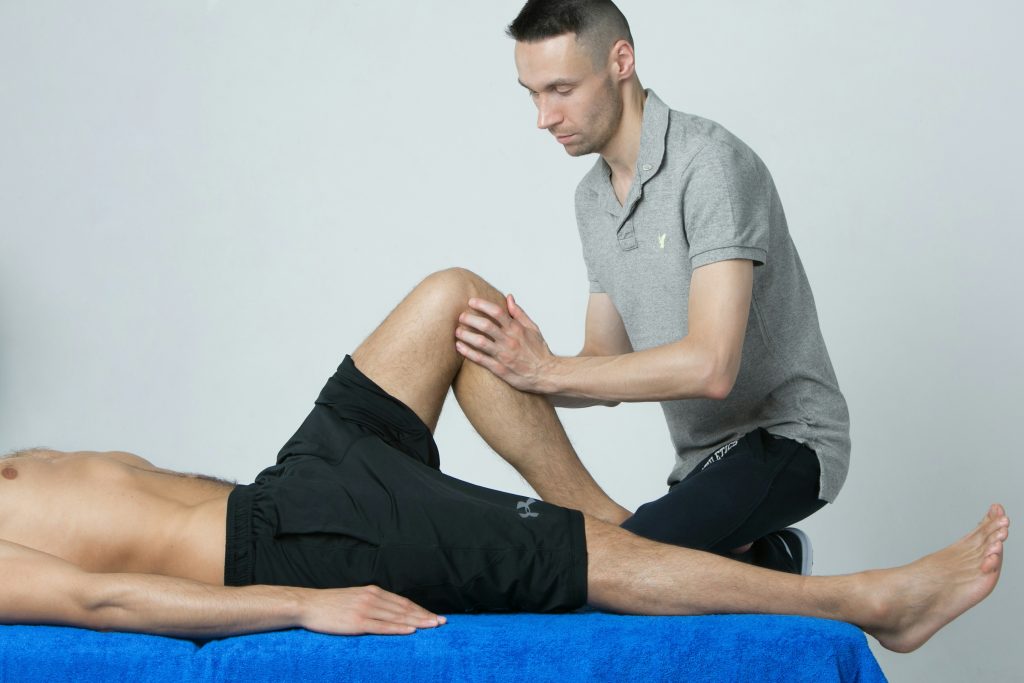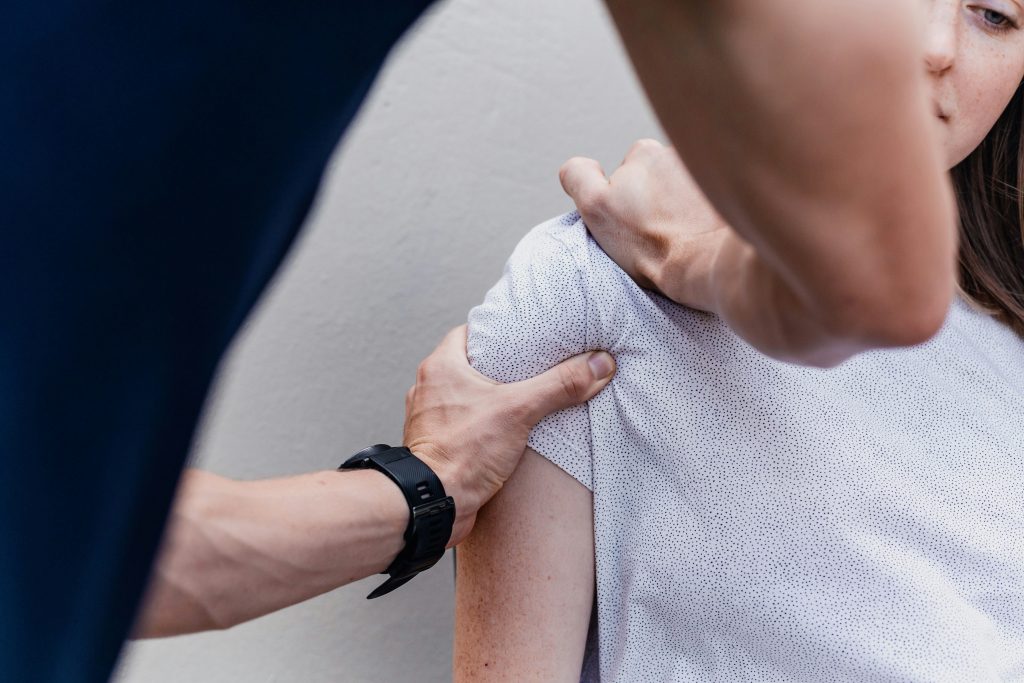About The Tendinitis
- 3min read

Tendinitis
Tendinitis is an inflammation or irritation of a tendon, the fibrous tissue that connects muscles to bones. It can occur in different parts of the body, but the most commonly affected areas include the shoulder, elbow, wrist, knee, and ankle. Typical symptoms of tendinitis include pain, tenderness, and sometimes swelling near the affected area.
Here are some general tips for managing tendinitis:
Rest and protection
Avoid activities that worsen pain or put pressure on the affected area. Rest allows the tendons to heal and recover.
Ice or heat application
Apply ice to the painful area during the first 48 hours to reduce inflammation. After that, applying heat can help relieve pain and relax tight muscles.
Anti-inflammatory and pain-relief medications
Over-the-counter medications such as nonsteroidal anti-inflammatory drugs (NSAIDs) can help reduce pain and inflammation associated with tendinitis. Pain relievers can also be used to ease discomfort.
Physical therapy
A physical therapy program may be recommended to help restore strength and flexibility around the affected area, as well as improve posture and biomechanics.
Avoid repetitive movements
Avoid repetitive movements that strain the affected area. If possible, modify your activities to reduce pressure on the tendons.
Stretching and muscle strengthening
Specific stretching and strengthening exercises can help improve flexibility and the strength of muscles around the affected area, which can reduce strain on the tendons.
Medical consultation
If pain persists or worsens despite self-care measures, consult a doctor for an accurate diagnosis and appropriate treatment plan.
It is important to follow your healthcare professional’s recommendations and avoid overloading the affected area during recovery. With proper treatment and self-care measures, most cases of tendinitis improve over time.

Here are some exercises that may be beneficial for tendinitis, but it is important to practice them cautiously and consult a healthcare professional to determine which ones are most suitable for your individual situation:
Stretching the affected muscles
For shoulder tendinitis, try the cross-body shoulder stretch: using your opposite arm, gently pull your affected arm across your chest until you feel a moderate stretch in your shoulder.
For elbow tendinitis, perform wrist stretches by bending your wrist forward and backward, as well as forearm stretches by bending your wrist inward and outward.
For knee tendinitis, do quadriceps stretches by pulling your heel toward your buttocks and holding your ankle with your hand.
For ankle tendinitis, sit with the affected leg extended in front of you and gently pull your toes toward you to stretch the calf.
Progressive muscle strengthening
Use resistance bands or light weights to gradually strengthen the muscles around the affected area.
For shoulder tendinitis, try external and internal rotation exercises with a resistance band.
For elbow tendinitis, wrist flexion and extension exercises with light weights can be beneficial.
For knee tendinitis, knee flexion and extension exercises with a resistance band can help strengthen the quadriceps and hamstring muscles.
For ankle tendinitis, plantarflexion and dorsiflexion exercises with a resistance band can help strengthen the calf muscles.
Balance and stability work
To strengthen stabilizing muscles around the affected area, try single-leg balance exercises, such as standing on one leg for a few seconds at a time.
Proprioception exercises
Use a balance cushion or balance board to improve proprioception and stability in the affected area.
Joint mobility exercises
Perform specific joint mobility exercises for the affected area to maintain optimal range of motion.
Be sure to follow your healthcare professional’s recommendations and listen to your body during exercise. If you experience significant pain during an exercise, stop immediately and consult a healthcare professional.


